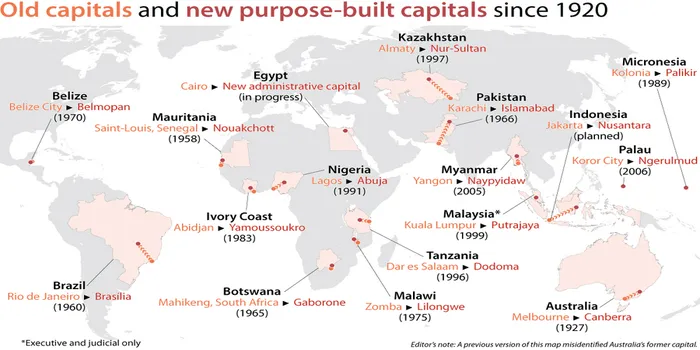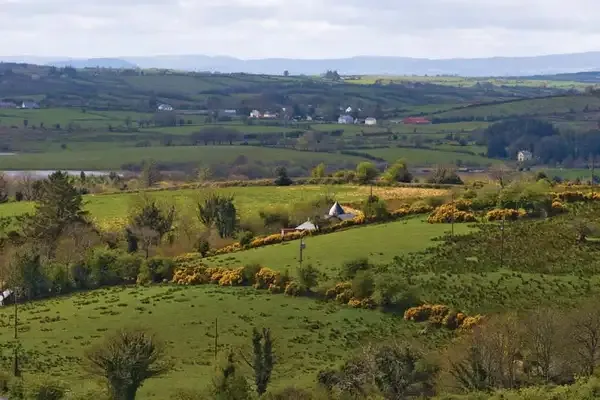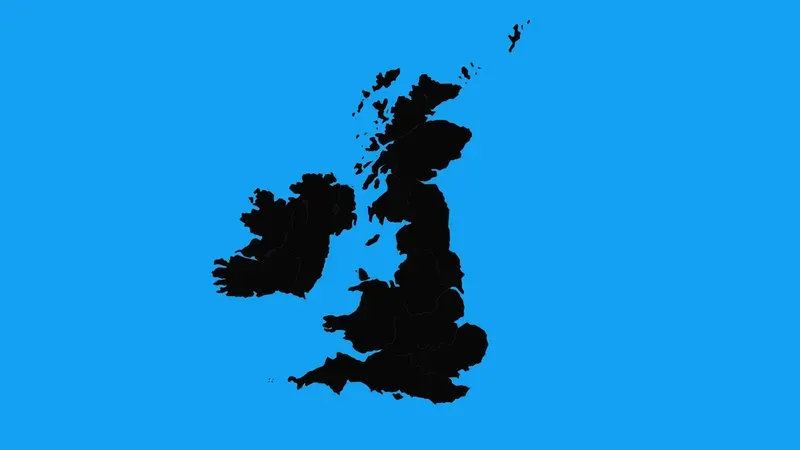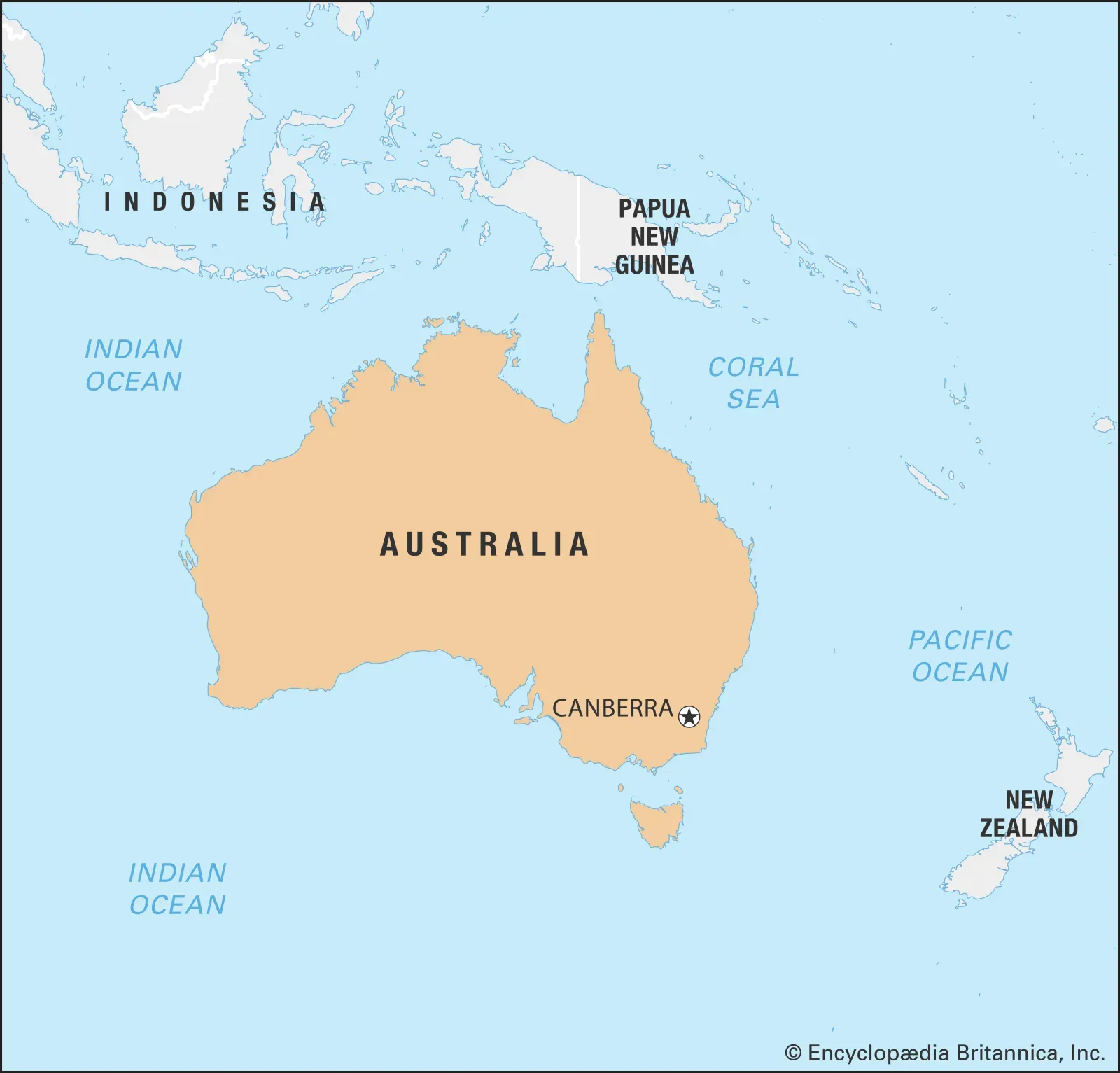How Do Countries Choose Their Capital Cities?
Countries choose their capital cities based on a variety of factors, including historical significance, geographic location, political considerations, and economic potential. Often, capitals are centrally located to symbolize unity and accessibility. Historical events or cultural importance can also influence the choice, as can a desire to promote development in a particular area. In some cases, capitals are moved to reflect political shifts or to alleviate congestion in overcrowded cities. The decision is usually a blend of practical and symbolic considerations.

The Historical Context of Capital City Selection
Countries have chosen their capital cities based on a variety of historical contexts. For many nations, the ''historical significance'' of a location plays a crucial role. For instance, cities that have been the center of power or trade in earlier times often become the capital. This is evident in cities like ''Rome'' and ''Athens'', which have maintained their significance through centuries of history. Historical events, such as wars or colonial periods, also influence the selection process. Countries may choose to establish a new capital to symbolize a break from the past or to represent a new era.
Geographical Considerations
Geography is another critical factor in determining a capital city. ''Accessibility'' is vital; capitals are often located in central areas to allow for easier travel and communication. For example, ''Brazil'' moved its capital from Rio de Janeiro to Brasília in 1960 to promote development in the interior of the country. This move aimed to spread population and resources more evenly across Brazil. Additionally, geographical features, such as rivers and mountains, can influence the choice, as they may provide natural defense mechanisms or trade routes.
Political and Economic Factors
The political landscape of a country significantly impacts the choice of its capital. In many cases, countries select a location that showcases their power and authority. For instance, ''Washington, D.C.'', was chosen for its political neutrality, situated between the northern and southern states. The capital's location often reflects a balance of power among various regions within the country.
Economic considerations also play a role. Countries may choose a capital city that is already an economic hub or has the potential to grow into one. Capital cities must have the infrastructure to support government operations and accommodate diplomatic missions. Economic hubs like ''Tokyo'' and ''London'' serve as examples where the capital's economic significance aligns with its political importance.
Cultural and Social Influences
Cultural and social factors can heavily influence capital city selection as well. A capital city is often seen as the ''cultural heartbeat'' of a nation, representing its values, traditions, and social dynamics. Countries may choose a location that reflects their diverse cultural heritage or has historical significance within the society. For example, ''Pretoria'', one of South Africa's capitals, was chosen for its historical and cultural importance to the Afrikaner population, while ''Cape Town'' represents a different cultural and historical narrative.
Case Studies: Capital City Selection
To understand how different countries choose their capital cities, let’s examine a few case studies:
| Country | Previous Capital | New Capital | Reason for Change |
|---|---|---|---|
| Brazil | Rio de Janeiro | Brasília | Promote development in the interior |
| Turkey | Istanbul | Ankara | Strategic military location |
| Australia | Melbourne | Canberra | Compromise between Sydney and Melbourne |
These examples illustrate how countries consider various factors, including ''development goals'', ''geopolitical strategy'', and the need for a neutral ground when establishing their capital cities.
Modern Influences on Capital City Selection
In recent times, the selection of capital cities has also been influenced by ''modernization'' and ''globalization''. Countries are increasingly aware of the need for sustainable development and environmental considerations. New capitals are being designed to reflect modern values, such as ''green spaces'', ''public transportation'', and ''technological infrastructure''. For example, ''Malawi'' considered sustainability and environmental impact when choosing its capital city, ''Lilongwe'', advocating for modern urban planning principles.
The Role of International Relations
International relations also play a pivotal role in the selection of capital cities. Countries may choose to locate their capital in a city that facilitates diplomatic relationships and accessibility to international organizations. This is evident in cities like ''Brussels'', which serves as the de facto capital of the EU, hosting numerous international institutions. The choice of capital can also reflect a country's desire to present itself on the global stage, influencing tourism, trade, and international partnerships.
Conclusion
Choosing a capital city is a multifaceted decision influenced by historical, geographical, political, economic, cultural, and modern factors. As countries evolve, so too do their capitals, reflecting their aspirations and challenges. Understanding how countries choose their capital cities provides insight into their identity, governance, and future direction. In an interconnected world, the capital city remains a vital symbol of national pride and a hub for international relations.












